Mercedes boss Toto Wolff's admission that Red Bull can't catch up while his team grapples with a car that is not performing as well as expected confirms the team's decline into a “no-go zone”.
This is still the team that won eight consecutive Constructors' Championships in a row from 2014 to 2021, a period of success that – although built on the introduction of the V6 turbo-hybrid formula – has included a major change in regulations and several curveballs.
Mercedes is not usually a team that cannot understand new rules and adapt to new situations. But as the third year of the ground effect era begins with another set of problems and limitations, Wolff admitted: “We are in a rebuilding phase, and you have to acknowledge that now.”
It's a disappointing level of performance – although one that the majority of teams still aspire to given that Mercedes finished third in the championship in 2022, were second behind Red Bull last year, and have a 2024 car that rarely reaches pole position or comes very close. From first place. During the weekend before he usually fades away when he needs that performance the most.
By its own standards, Mercedes' start to 2024 has been particularly slick.
Fifth place in the opener in Bahrain is its best result, it is barely fourth in the Constructors' Championship ahead of its customer team Aston Martin, and you have to go back to 2011 to find a season with a lower Mercedes points total after four races.
'A more realistic goal'
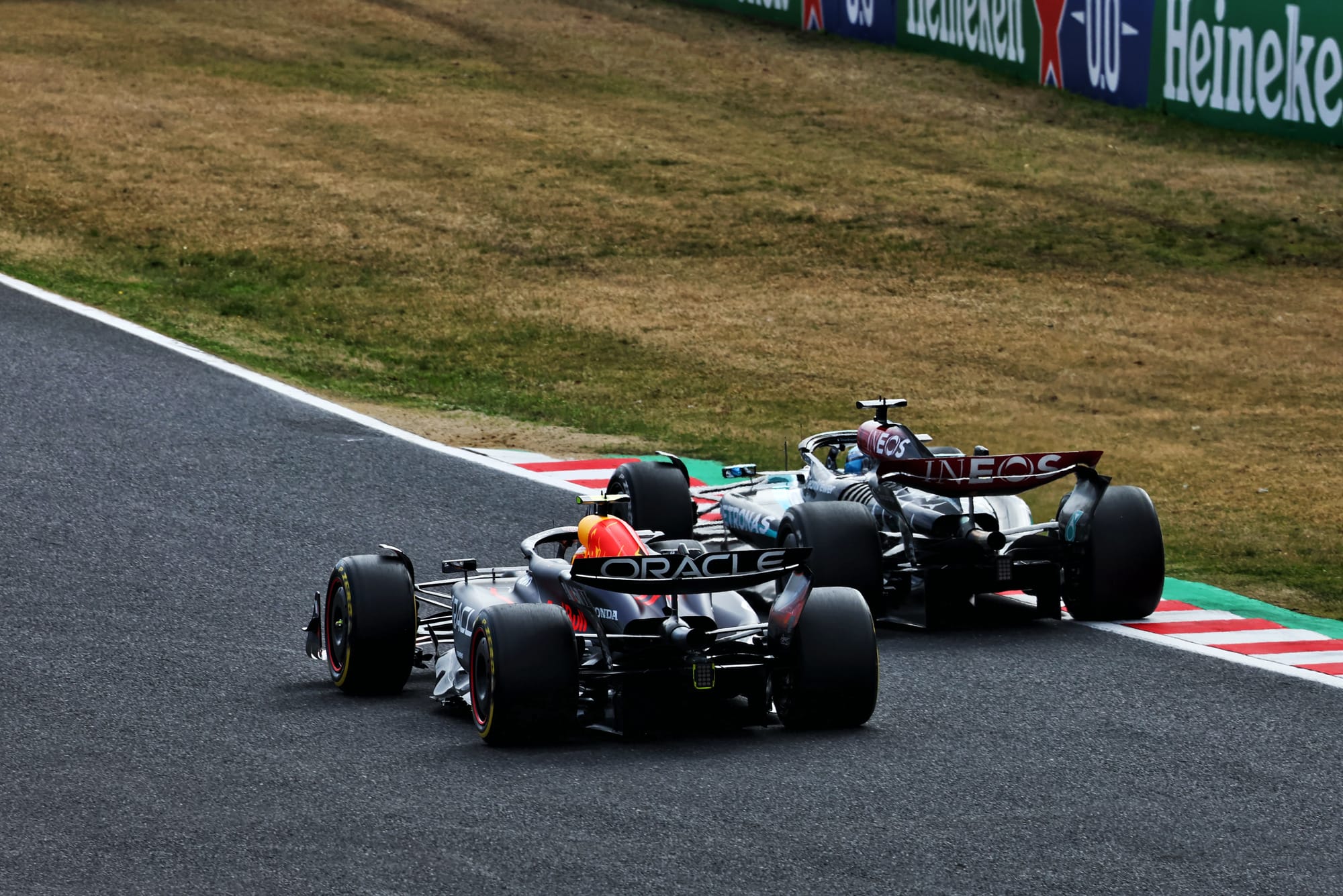
Even with major overhauls to the car, it was never likely that Mercedes would pull such a rabbit out of the hat in one winter that it would jump into Red Bull territory. But the decline in competitiveness is a real disappointment.
It's not just that Max Verstappen and Red Bull are in a league of their own. It's that Mercedes has a fight on its hands to be the best among the rest.
“Nobody will be able to catch Max this year,” Wolff said in Japan a week ago.
“His driving and the car are amazing, and you can see that in the way he handles the tyres.
“Basically this season now is the best of the rest, this is the ongoing battle.
“I hope we can catch up with McLaren and Ferrari and fight for second place.”
Wolff is not publicly writing off the 2024 and 2025 tournament or focusing on the next rule reform in 2026. But he is facing reality.
The expectation is to fight for victories and eventually the championship.
What is the evidence that Mercedes will compete with Red Bull for such titles in 2024 or 2025?
“You can say we are in a bit of a no-go zone because Max and Red Bull are far ahead and we are in this group and that is not satisfactory for any team competing for second, third or fourth place,” Wolff said.
“But this is the reality we are facing at the moment, and we are trying to do our best to get out of this new reality.
“This means beating our direct competitors while recognizing that someone is doing better and setting a standard that we ultimately need to set for ourselves again.
“2026 is a big reset, which certainly provides the most realistic chance for any other team to beat Red Bull.
“There's a season and three-quarters to go before that and I don't want to suffer any more over the next 18 months.
“I just hope I get the highlights and a trajectory that goes upwards.”
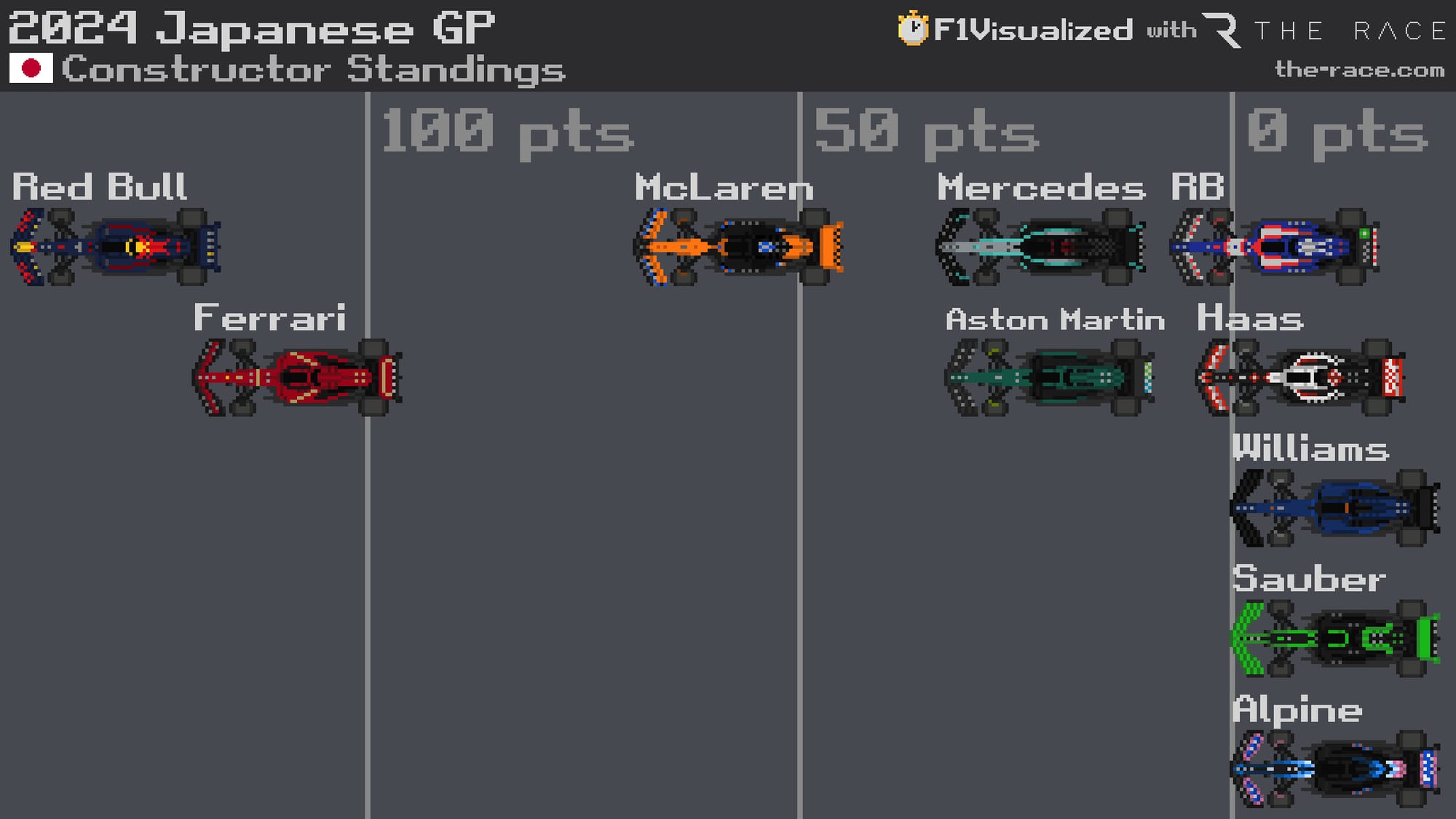
If that happens, the steps forward will have come after at least one or two steps back in the short term.
Mercedes' close rival in 2023, Ferrari, has come a long way. McLaren has continued its strong form since last season and looks set to gain the advantage. Even Aston Martin performs well enough on Saturdays to gain a track position advantage that it can hold for the most part on Sundays.
“Right now we are not able to fight them [Ferrari and McLaren] “But we will,” Wolf said. “This is a realistic goal, much more than Max’s.”
Lessons from Japan
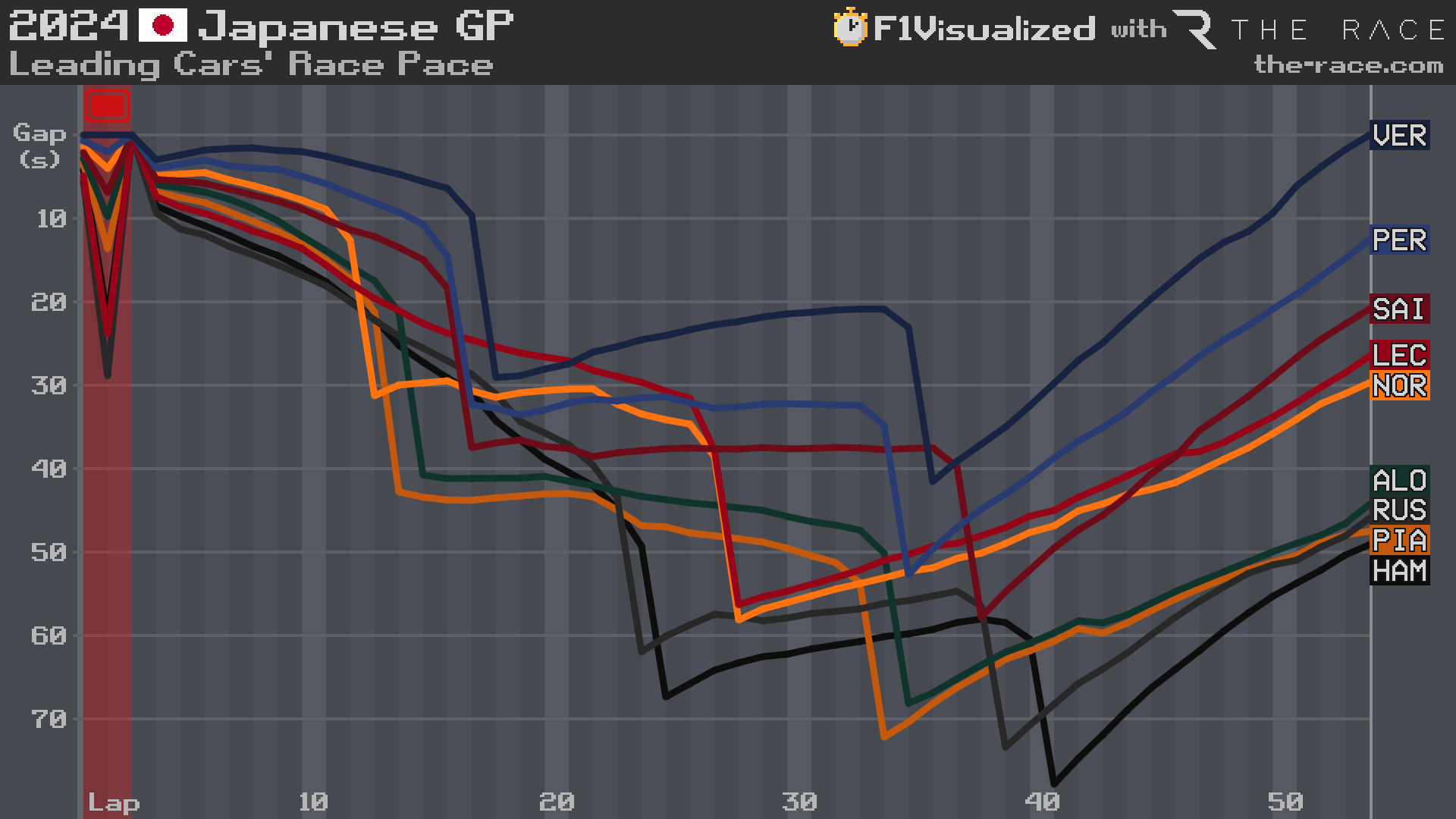
The final race in Japan looked more similar for Mercedes: strong practice pace fading in also-ran terrain come qualifying and a more average-than-usual race for seventh and ninth places.
But there was a little more to it than that. Lewis Hamilton could have realistically qualified fourth at the track that so badly exposed Mercedes' weaknesses last season, but he only finished seventh.
A lot of work has been done during preparation to better understand how to set up the car and set up the tires to avoid overloading the rear axle. This has provided a stronger baseline for the weekend and Mercedes is convinced this is a legitimate move.
“The big program we were looking at was trying to make the car more predictable over the weekend,” said Andrew Shovlin, Head of Trackside Engineering.
“What we found is that we can get it out the window, but if the wind changes and the track temperature changes, it quickly falls out of it which leads to poor race and qualifying performance.
“Now there is no doubt that we are not where we need to be at the moment, we know that and we know we have work to do.
“But it was definitely easier to work with the car over the weekend, and the balance of the car was more consistent.
“There are issues we need to resolve but we seem to have a more stable platform, where its behavior over the whole weekend is more consistent.”
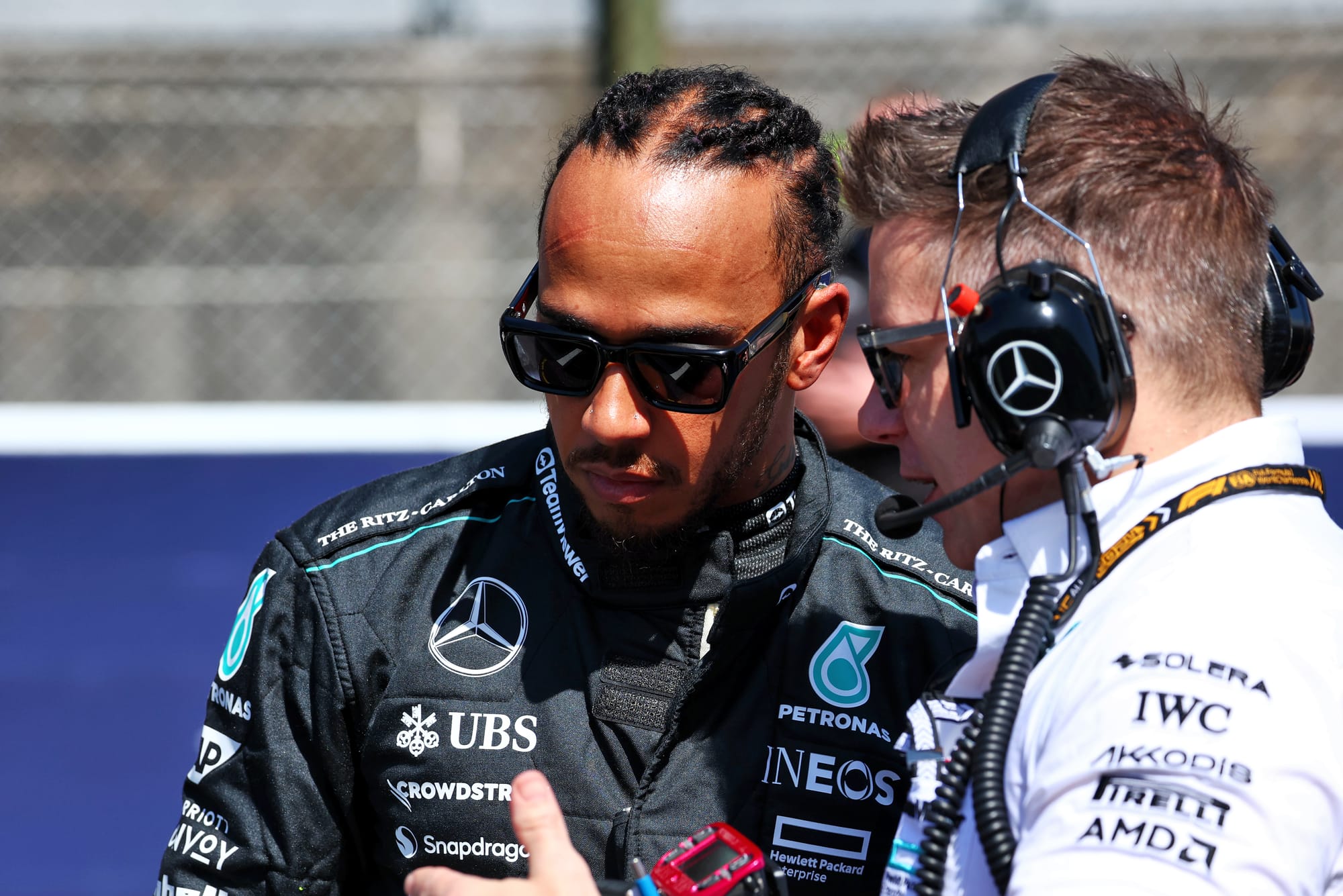
Hamilton was encouraged by the progress during practice and qualifying and was much more confident in the Mercedes W15, but described the car in the race as “very bad”.
He finished ninth after abandoning an attempt at a one-stop strategy, not helped by the minor damage he sustained during his brush with Charles Leclerc. This did not cause a dramatic overall loss of downforce, but it did result in more understeer in a car that was already suffering from understeering – something that negatively affected its lap, especially the first, as Mercedes had removed some of the front wing before the race.
Despite Hamilton's disappointment, it is fair to say that Mercedes were unable to show their true pace in the race in particular due to the strategy that cost big time in the long first stint.
As Wolff said, Mercedes was better than the result suggested – although the prospect of a podium finish seems overly optimistic.
Which was misleading for Mercedes
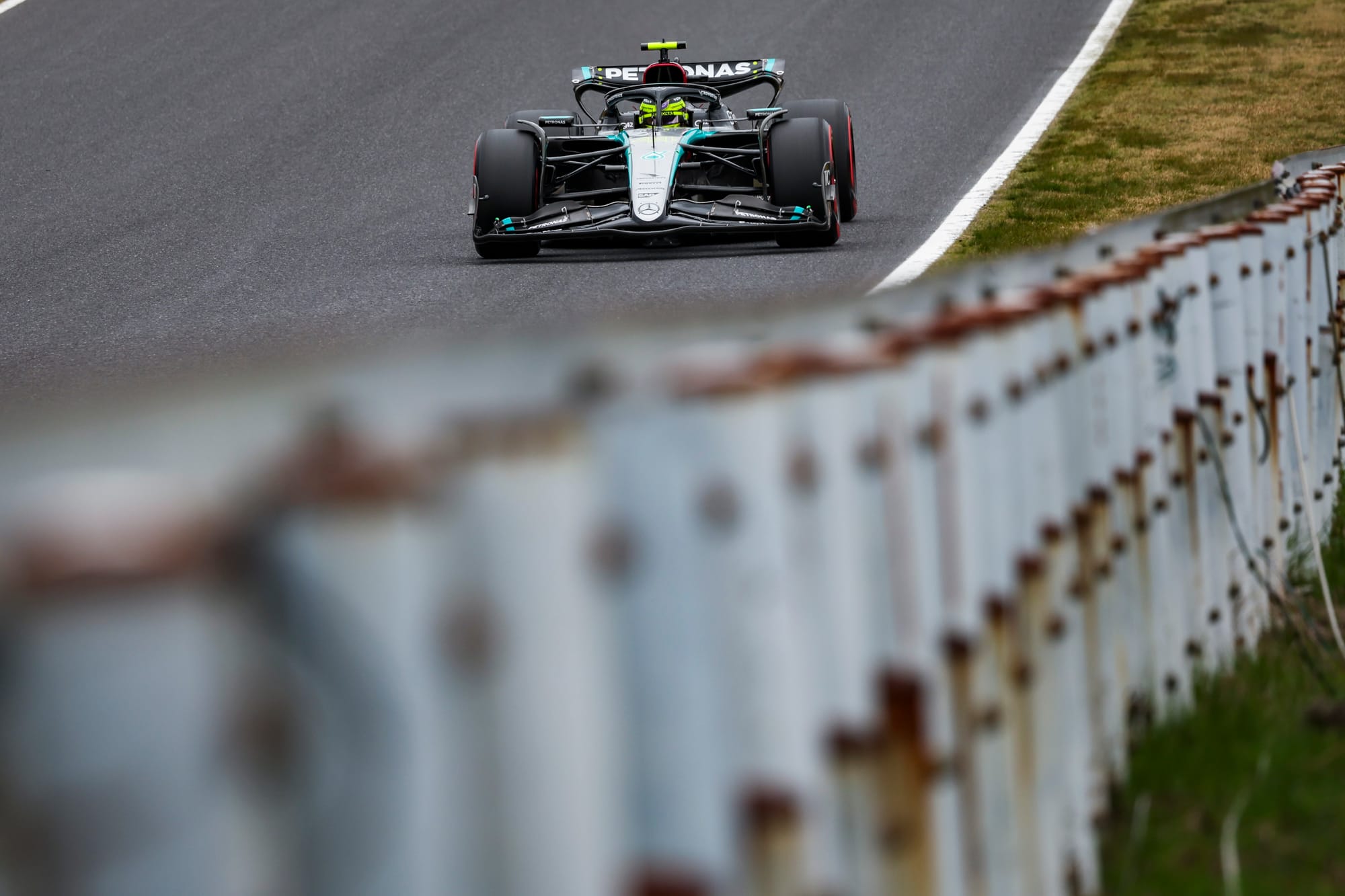
An overall smoother weekend and improved qualifying performances, regardless of the final result, explain why Mercedes can at least be encouraged a little. In particular, the pace in the first high-speed sector was positive.
On an annual basis, Mercedes was 0.332 seconds quicker in Sector 1: the second-biggest gain of any team, as the W14 car's performance was very modest during sweeps in 2023.
So that was another real silver lining. As Wolff said: “It was one of the worst tracks for us last year and we are very close to the front runners – not Max, but the guys behind them in qualifying.
“It came as a surprise. We were very quick through things, where we didn't get anywhere last year.
But apart from the gains achieved by Mercedes with its car, there is a point of confusion. Something in his development tools had led the team astray. There has been talk of a possible link error a few weekends ago, beyond what would be considered a normal amount between the virtual world and the track.
Wolff said in Japan that the downforce that Mercedes expects from this car is there, and it is measurable, but it does not translate into performance.
“We measure downforce with our sensors, taps, and say we have 70 points more downforce in a given corner in Melbourne than we had last year, but on the laps, it wasn't a kilometer per hour faster,” Wolff said. . .
“Where is the limitation? We wanted to tick some boxes to understand, are there limitations that we haven't noticed, and I think there are.
“There's still this car behavior in a certain speed range where our sensors and simulations say 'this is where we should get downforce', but we don't have it,” Wolff had previously noted.
But that's not quite the case, as he emphatically confirmed when asked by The Race to clarify whether it was downforce or not He is There is but Laptime is not.
“That's exactly what I'm saying, yes,” he said.
“Everything I've seen over these two years suggests that there must be more downforce than we think. We've now measured the downforce and it's there, but we're not able to extract the time from it that we should and the simulations are showing us.
“And this is no small matter. I see you looking at me like 'what the hell?' – and imagine what we're thinking!”




